
Engineering Undergraduate Society of McGill University
SYNBIOSIS: Interwoven Inspiration (McGill iGEM Fundraiser)
SYNBIOSIS: Interwoven Inspiration, a unique art exhibition and fundraiser hosted by McGill iGEM at Projet Casa. This event celebrates the fusion of art and synthetic biology, showcasing Montréal's breathtaking artworks and innovative research.
Acquiring a piece will directly support our research and initiatives.
Not looking to purchase any art, but still want to support us? Please make a donation here.
What You Would Be Supporting:
1. The Development of Our 2024 Project: Nucle.io
Caused by a wide range of pathogens and complicated by antimicrobial resistance, sepsis represents one-fifth of all global deaths. Emergency treatment for sepsis requires immediate administration of targeted antibiotics, while mortality increases with every hour that appropriate treatment is delayed. Blood cultures and PCR-based testing can take days to return results and require lab equipment. We introduce Nucle.io, a novel, isothermal, personalized point-of-care diagnostic platform capable of processing an antimicrobial resistance and bacterial classification panel in one reaction system. This is achieved using a DNA computing approach that leverages toehold-mediated strand displacement (TMSD) reactions. Rapid detection of RNA disease fingerprints was achieved through the design of parallel TMSD and CRISPR-based nucleic acid amplification systems. Nucle.io interfaces these systems with DNA computing, allowing for the analysis of sample RNA profiles that can guide clinical decision making. In addition, we built a software tool that allows researchers to construct and simulate their own DNA computing experiments, providing them with DNA sequences required to assemble TMSD reaction circuits. The modularity of our diagnostic tool will assist the development of rapid RNA test kits for expansive pathogen detection and classification beyond healthcare.
Support students in gaining valuable research experience in biological sciences through:
- Laboratory reagents and supplies
- Equipment
- Student stipends
- Conference attendance
McGill iGEM’s annual biotech conference where science meets entrepreneurship, OnTheVerge 2024: At the Convergence of SynBio and AI.
Help train the next generation of bio-innovators through:
- SynBio Collective workshops
- High school and CÉGEP visits
- STEMcast podcast
- Blog posts
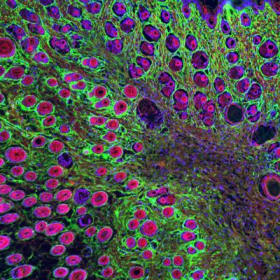
Ocelli of Matrix
$200
More
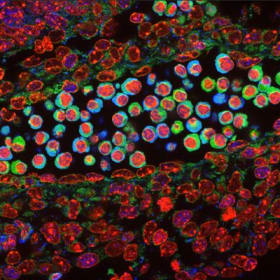
Matrix in Bone Marrow
$200
More

Early Harmonies: Self-Lung Organoid Assembly in Progress
$200
More
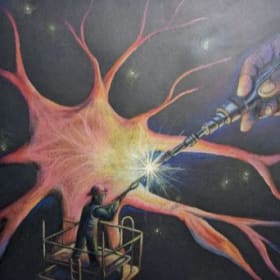
Pathway Soldering
$200
More
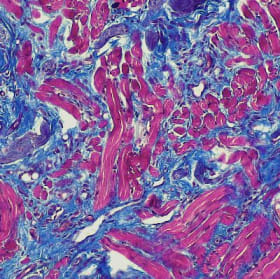
Mosaic of Motion
$250
More
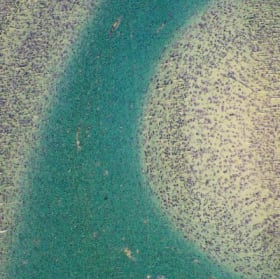
Neural Nebula
$250
More
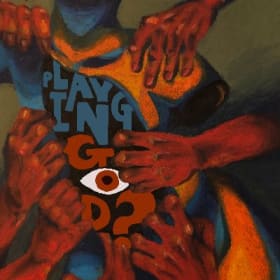
Playing God?
$250
More
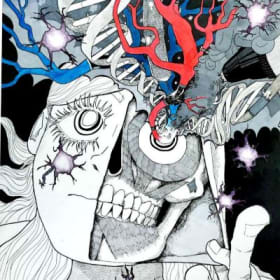
Human made human
$280
More

Naringin
$300
More
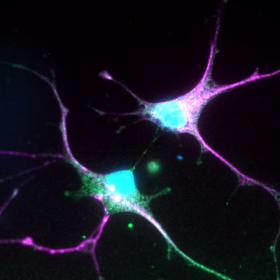
Cellular Conversation: The Touch of Astrocytes
$280
More
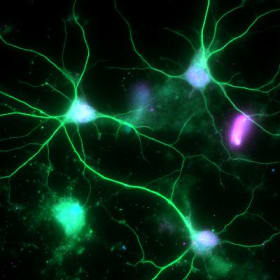
Emerging Guardians: Oligodendrocyte Precursors
$280
More
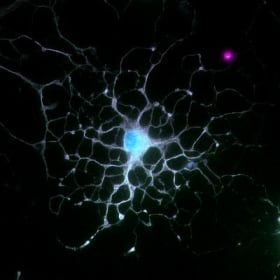
Neural Sophistication: The Mature Oligodendrocyte
$280
More
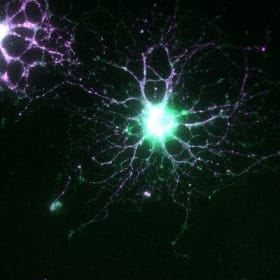
Central Network: A Closer Look at Oligodendrocytes
$280
More

Glial Interactions: Illuminating Oligodendro & Astro -cytes
$280
More
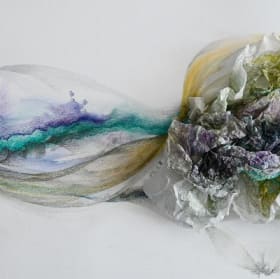
Duality on Fertility
$435
More
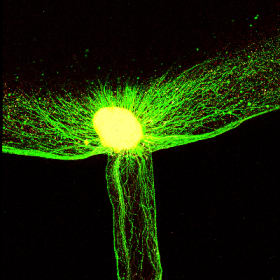
Reaching Out
$500
More
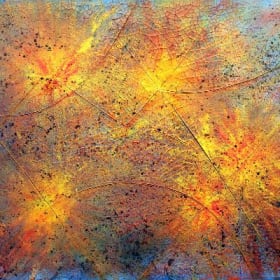
Functional Accident
$500
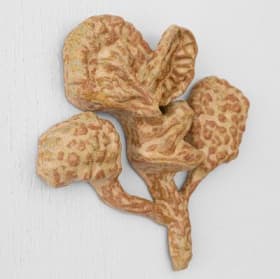
Alveolar Branching
$525
More

Genesis of Sight: The E12 Mouse Retina in Bloom
$1,000
More
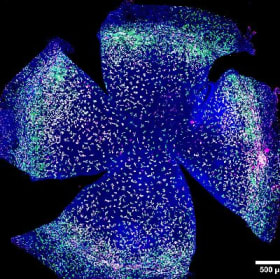
Healthy corneal macrophages
$1,000
More
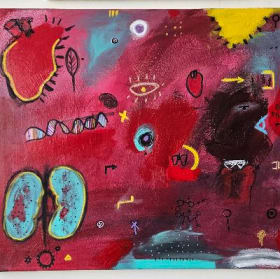
Biologie II
$1,000
More
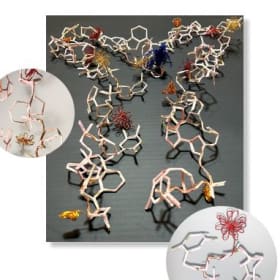
DNA Origami
$1,000
More
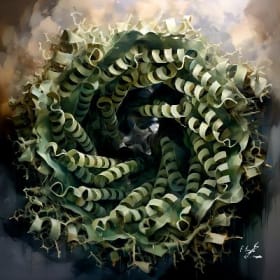
Artificial protein pocket
$1,400
More
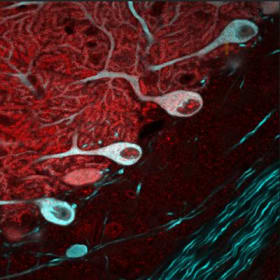
Calcium channels in cerebellar Purkinje cells
$1,500
More

Microglia constellations
$1,500
More

The Crying Robot
$750
More
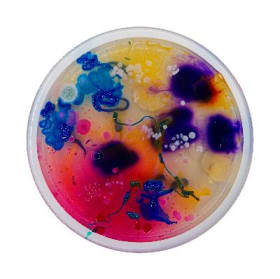
Circus time
$1,520
More
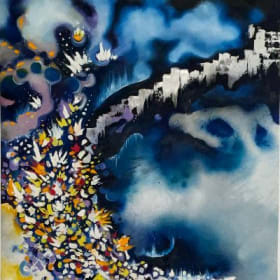
Pisces
$2,000
More
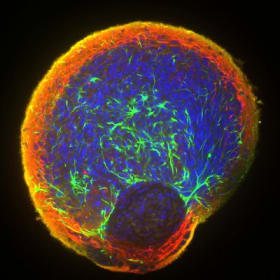
Storm shell
$2,000
More